AIT Commitment for Green Buildings
The Asian Institute of Technology is dedicated to transforming into a “Botanical Garden Net Zero Campus by 2030.” In pursuit of this ambitious goal, AIT has established precise policy guidelines for building renovation and construction. These guidelines place a premium on the promotion of energy-efficient architecture and the conscientious use of resources to optimize benefits while upholding environmental integrity. Furthermore, the institute emphasizes the integration of green spaces in and around each building, striving to reduce greenhouse gas emissions and transition to complete reliance on renewable energy sources. This approach also aims to enhance productivity by fostering the adoption of efficient building standards.
(Buildings and Construction) Policy Statement:
As per the AA-1-2-9 “AIT Sustainability Policy” Annex-7, published on 8 Dec 2021
AIT is committed to building energy-resource-efficient and environmentally friendly buildings and applying construction practices throughout the life cycle of buildings: from planning to design, construction, operation, maintenance, renovation, and demolition.
(Buildings and Construction) Goals:
- To develop an internationally benchmarked sustainable facility tool by 2026 for the entire life cycle of buildings: planning, design, construction, operation, maintenance, renovation, and demolition
- To improve 20% of the AIT buildings as green buildings over 5 years from 2022
- To promote a 10% use of building materials made from recycled materials
Goal 1: To develop an internationally benchmarked sustainable facility tool by 2026 for the entire life cycle of buildings: planning, design, construction, operation, maintenance, renovation, and demolition (Green buildings)
- Develop an online platform that can be used as guidelines/SOP for design professionals, facility managers, procurement professionals, and project managers. It will also be a knowledge product of AIT. (Example: https://sftool.gov/)
Goal 2: To improve 20% of the AIT buildings as green buildings over 5 years from 2021
- Through facility information management systems, for efficient use of energy, water, and other resources, such as LED lighting, automatic operational switches with sensors, centralized utility service control systems, etc.
- Use of renewable energy, such as solar energy
- Pollution and waste reduction measures, and the enabling of re-use and recycling
- Good indoor environmental air quality
- Use of materials that are non-toxic, ethical, and sustainable
- Consideration of the environment in design, construction, and operation
- Consideration of the quality of life of occupants in design, construction, and operation
- Renovate the buildings to have the efficient use of daylight.
- Improve the existing buildings to green roofs buildings.
Goal 3: To promote a 10% use of building materials made from recovered materials
- Carry out research in application of recovered materials from waste in combination with current construction materials.
- Procurement to include a requirement that vendors include 10% of building materials that are made from recovered materials
Green Building - Water Conservation Projects
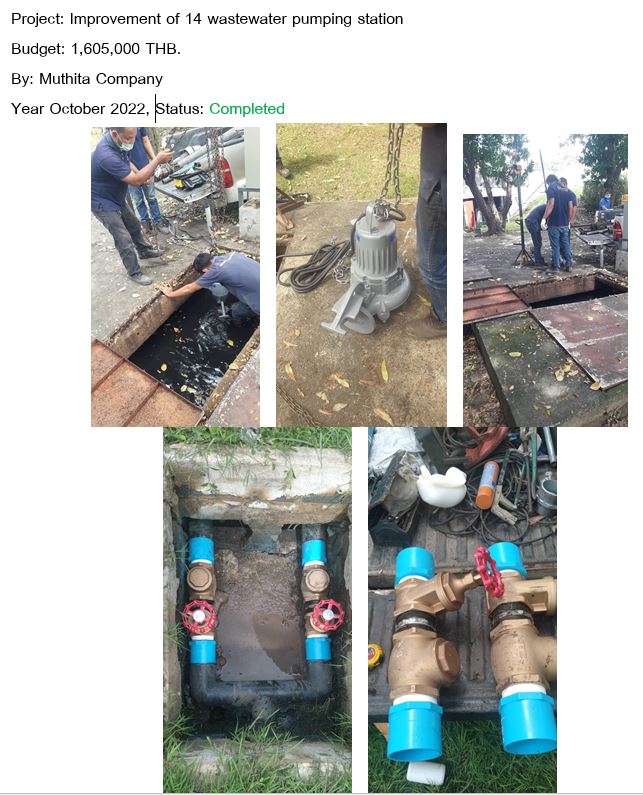
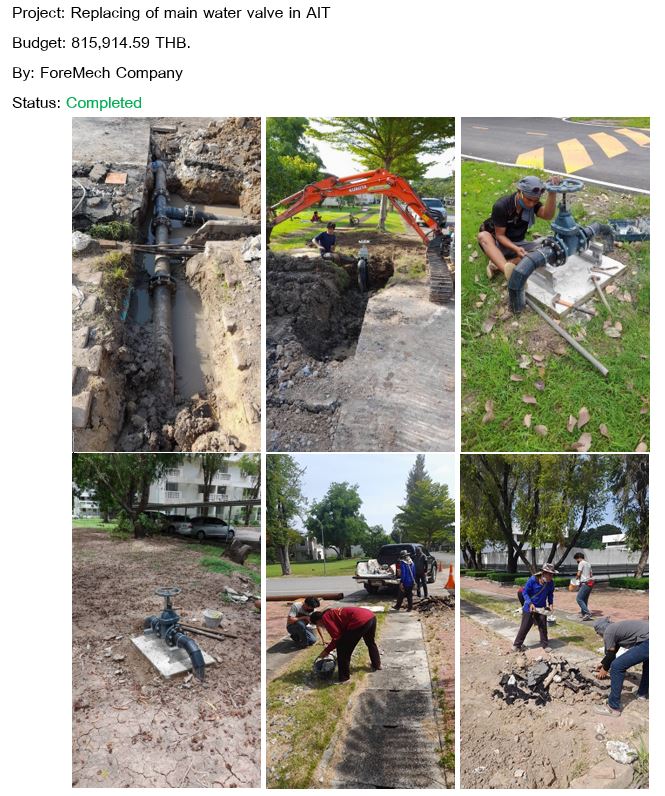
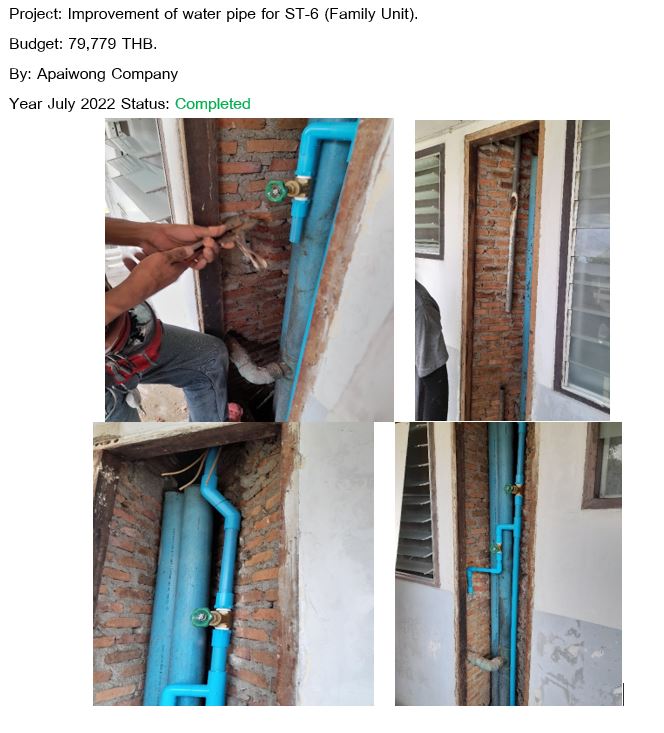
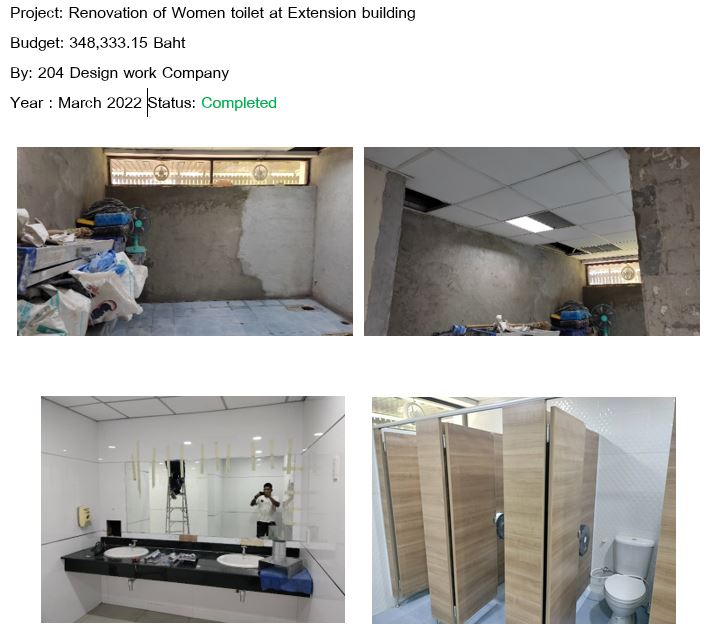
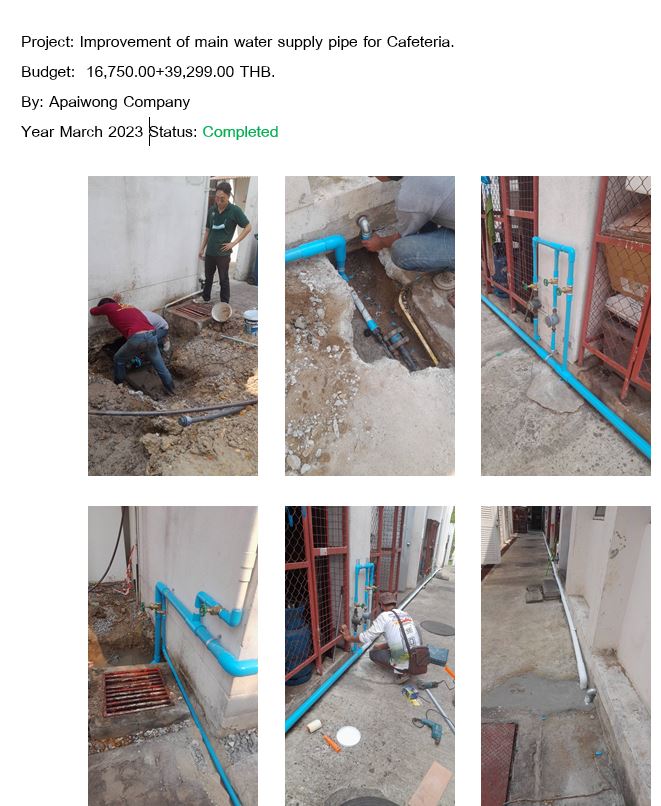
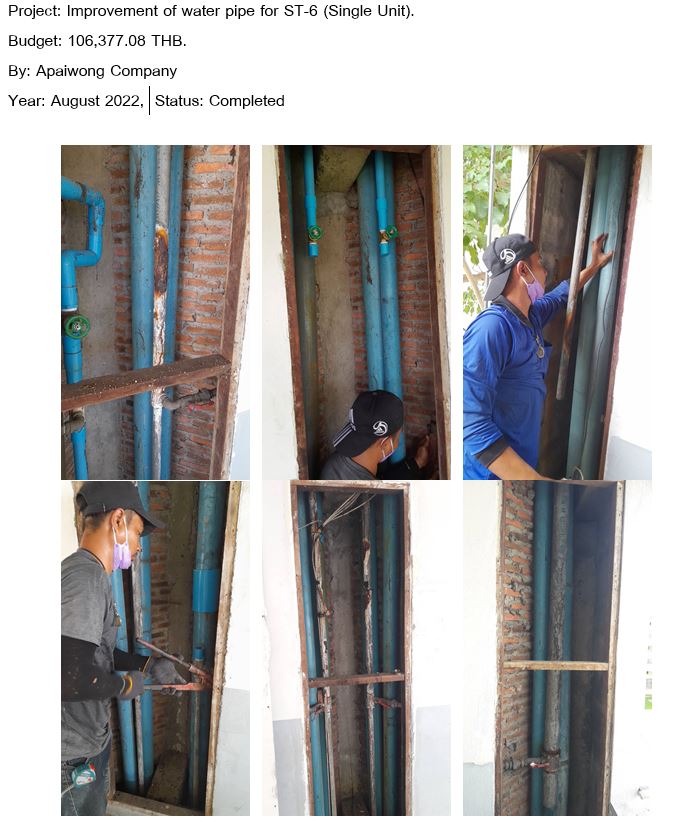
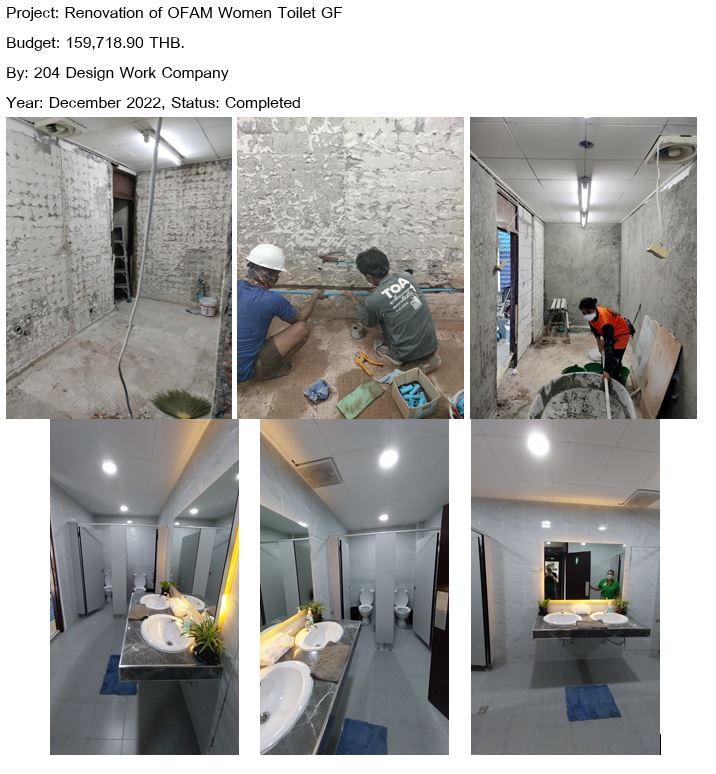

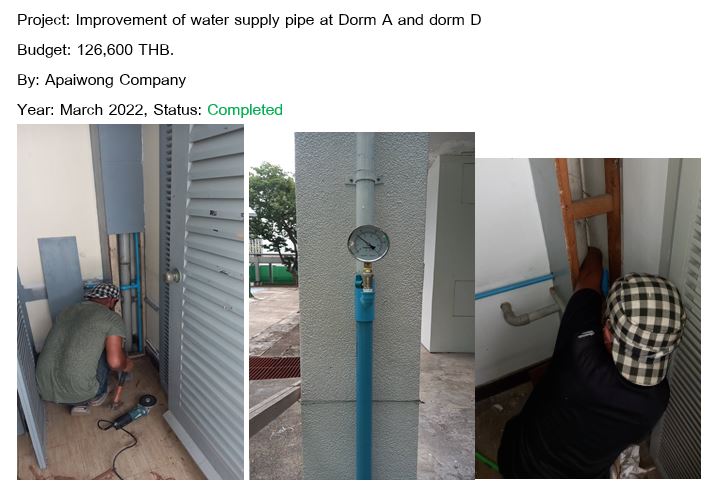
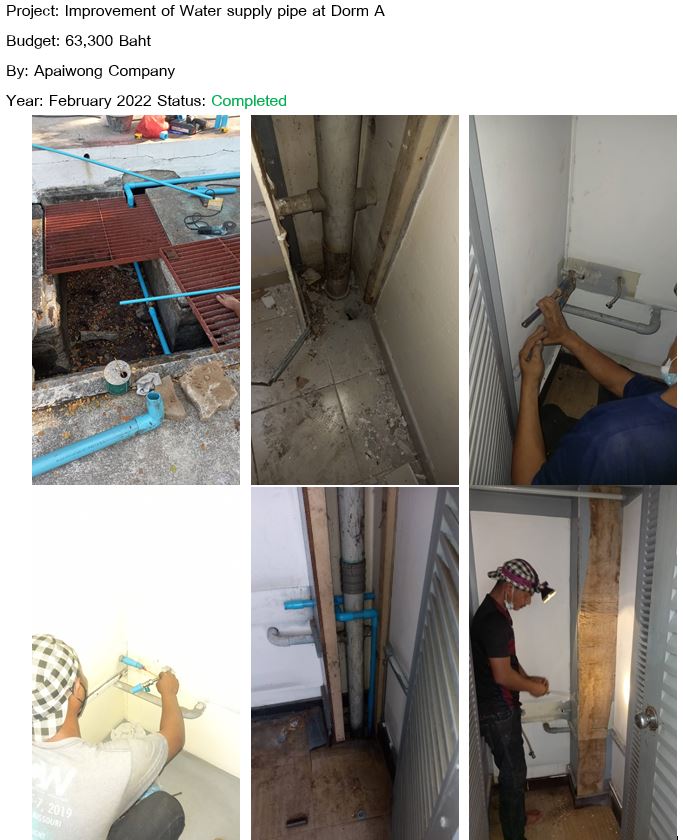
Green Building - Clean Energy and Conservation Projects
50 KW Solar roof cleaning at regular intervals that maximum energy is generated to support the electricity consumption of the Library building.
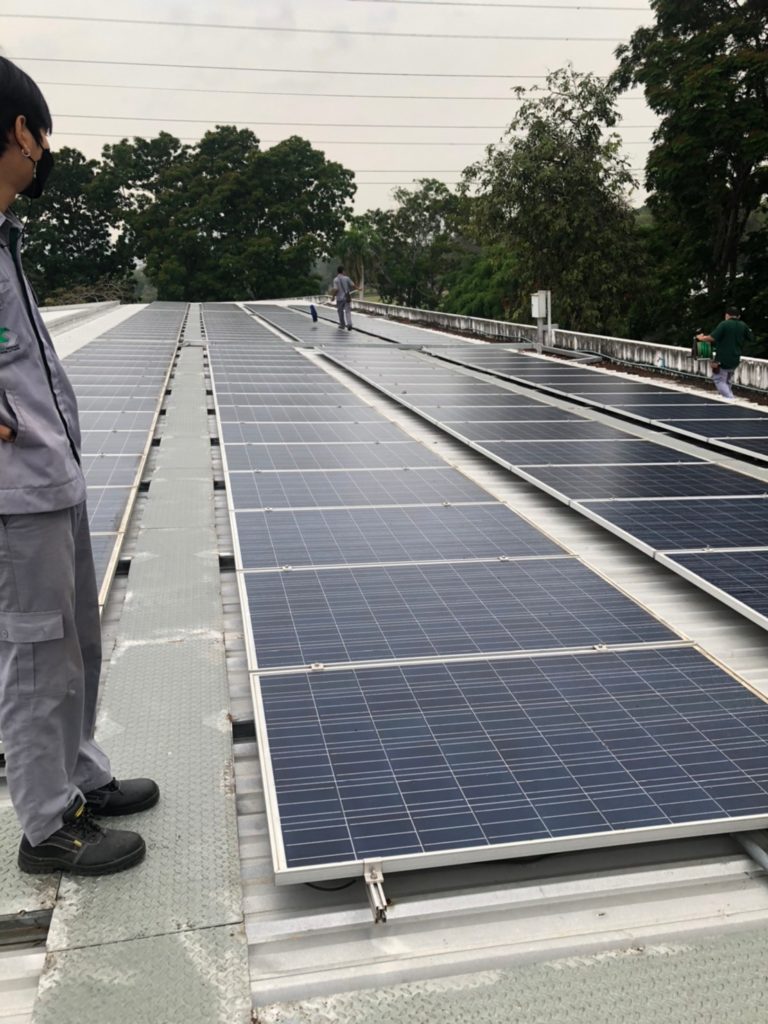
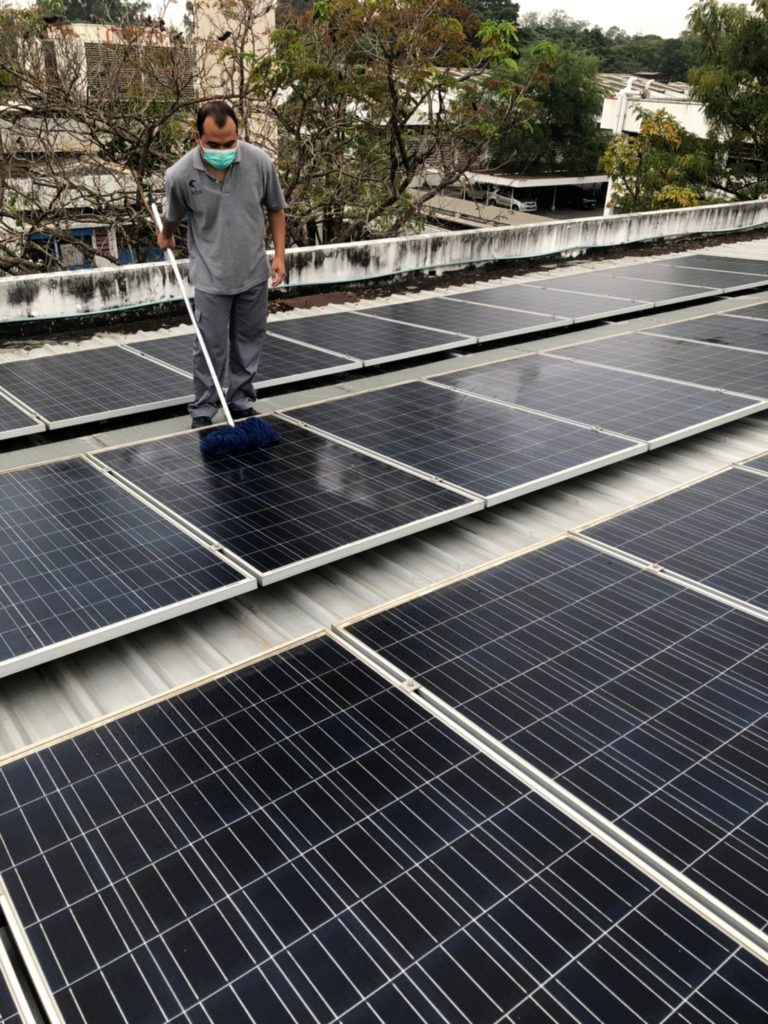
On going 1.5 MW Solar Roof Top Project
In May 2023, BCPG Public Company Limited and the Asian Institute of Technology formalized a Power Purchase Agreement. This agreement revolves around the implementation of Photovoltaic Solar Rooftop Systems, with a projected duration of 20 years, surpassing the anticipated 25-year lifespan of the solar power infrastructure. Throughout the entire duration of the project, BCPG will undertake the responsibilities of investment, operation, and maintenance, with the project is schedule to complete by mid of 2024.
BCPG has identified 31 specific locations suitable for the installation of solar panels, resulting in an overall capacity of 0.99 MW. To achieve the targeted capacity of 1.5 MW, additional sites will be carefully selected as necessary. This undertaking is geared towards meeting 18-20% of the campus’s electricity requirements, underscoring AIT’s unwavering dedication to sustainable and renewable energy solutions, as part of our overarching commitment to transforming into a Net Zero Campus. For more details on solar power generation data and plans click here
